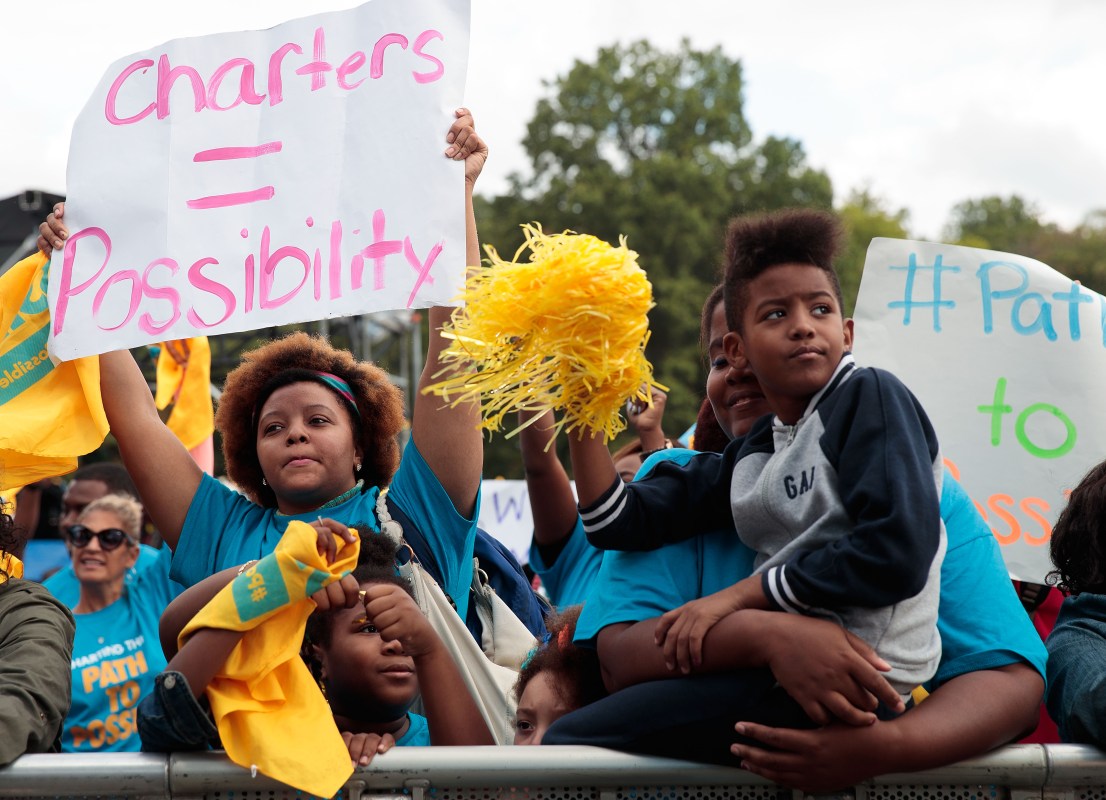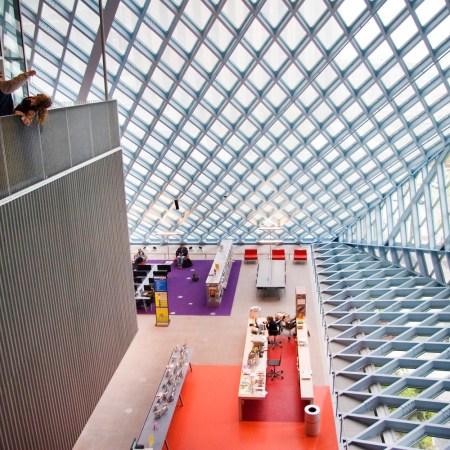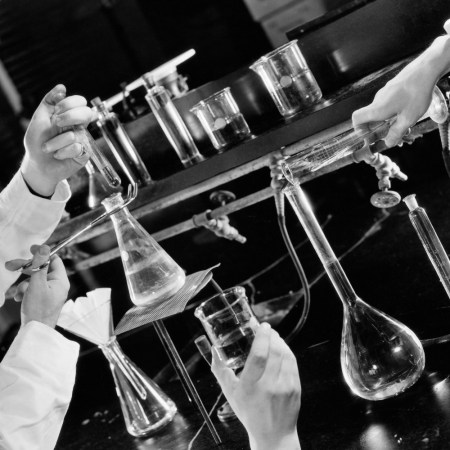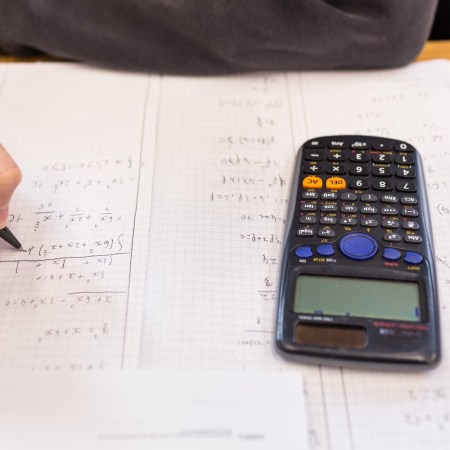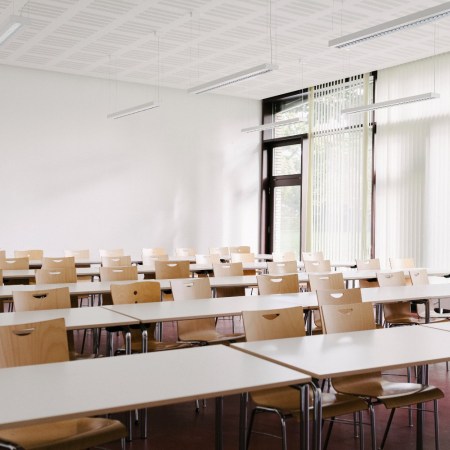Nearly since their inception, charter schools have been one of the biggest sources of debate in American education, a fact that has only been magnified under the leadership of current Secretary of Education Betsy DeVos, herself a staunch supporter of their existence.
And while criticism in many parts of the country has been valid, New York state charter schools — the first of which, the Sisulu-Walker Charter School of Harlem, opened 20 years ago this summer — have long been a model of success, routinely reporting test scores well above city, state and national averages.
In a new piece for RealClearPolitics, Steve Klinsky, who helped found Sisulu-Walker with civil rights leaders Dr. Wyatt Tee Walker, explores the reasons why that is the case.
The numbers he reports don’t lie:
On the latest state exams, over 75% of Sisulu students tested in the top two performance categories (i.e., proficient or highly proficient) in math, vs. approximately 47% for all New York state students, 46% for all New York City students and 31% for Harlem District 5. On English language arts, Sisulu kids scored about 65% in the top categories vs. 45% for all New York state, 47% for all New York City, and 25% for Harlem District 5.
While statewide averages for charter schools aren’t quite on par with Sisulu-Walker, they still tell a promising story. Around 130,000 New York students are currently enrolled in the state’s 292 charter schools, and those students tested for 59% proficiency in math and 54% proficiency in language arts, as compared to 47% and 45% for traditional public schools.
The piece goes on to debunk the notion that those margins owe to “cherry-picking the ‘best’ kids,” a favored talking point of charter-school dissidents. By law, charter schools must be tuition-free and need-blind, with students admitted based on a lottery system in the case of a waiting list (there are currently around 50,000 students on waiting lists for charter schools in New York City alone). It also cites the fact that at Sisulu-Walker, 96% of the students are African American or Hispanic, with many hailing directly from the community — Central Harlem, District 5 — the school serves.
So what gives? It might be a matter of introducing some healthy competition to an industry — public education — that has typically been allowed to operate in a sort-of monopolistic vacuum.
“The real reason a charter school succeeds,” according to RealClearPolitics, “is because of the entrepreneurial energy and talents of the school community itself.” Allow a school to design its own curricula while still operating under governmental oversight (by way of the titular “charters” each school must draw up), and you allow it to innovate and experiment in a way that traditional schools cannot. “The good projects grow, and the bad ones are shut down.”
Whether charter schools will indeed survive and grow in popularity around the country is unclear. Earlier this year, the New York State legislature decided not to lift a cap on charter schools in New York City, despite support from Gov. Andrew Cuomo. But if Sisulu-Walker is any indication, the model works when implemented effectively.
Editor’s Note: RealClearLife, a news and lifestyle publisher, is now a part of InsideHook. Together, we’ll be covering current events, pop culture, sports, travel, health and the world. Subscribe here for our free daily newsletter.
Thanks for reading InsideHook. Sign up for our daily newsletter and be in the know.
